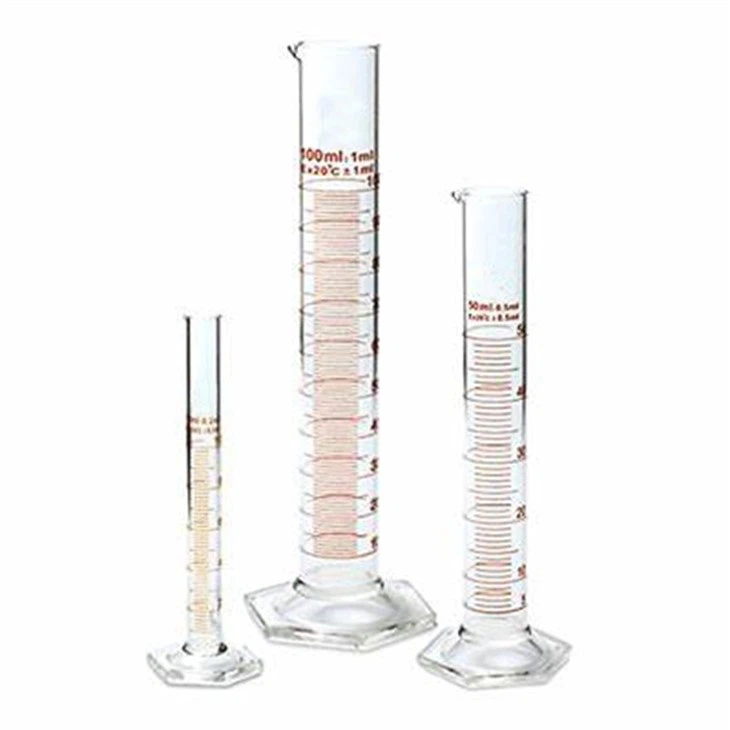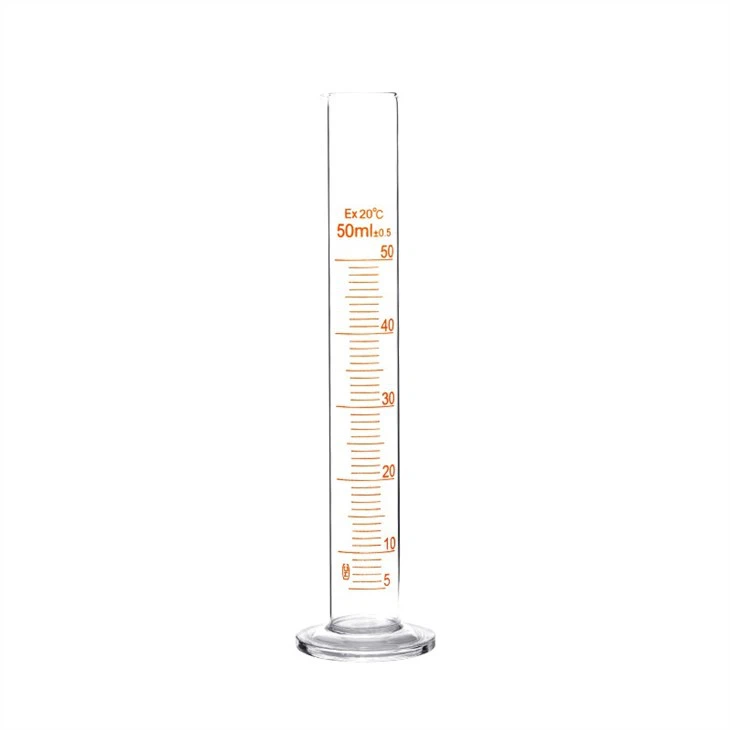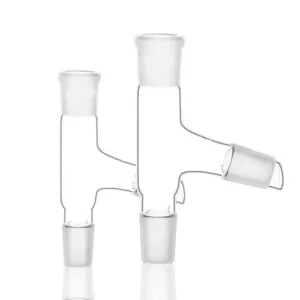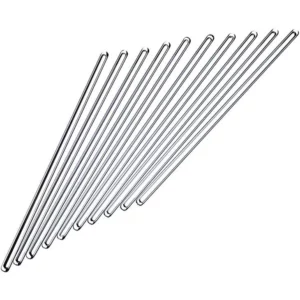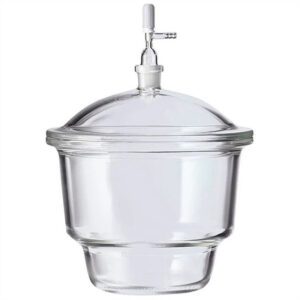Description
Introduction:
It is a common measuring device used to measure liquid volume in the laboratory. The cylinder wall is engraved with a volume range for users to read the volume. Maximum measured volumes range from several milliliters to several liters. The cylinder wall is marked from bottom to top, and the measuring cylinder of different specifications has different degrees. It’s mostly made of glass, but some of it’s made of plastic. The purpose is to take liquid quantitatively by volume, but do not mix reagents in the measuring cylinder, chemical reaction. Measuring cylinder can be divided into ordinary measuring cylinder and plug measuring cylinder according to the shape.
Feature:
1. Color:Transparent clear
2. Material: Boro glass
3. Packing:120pcs/ctn.96pcs/ctn.48pcs/ctn.24pcs/ctn.12pcs/ctn
4. Application:Laboratory filtration
| Code | Material | Sub.Division(ml) | Capacity(ml) | Height |
| 1601-5 | Boro3.3 | 0.1 | 0.1 | 110 |
| 1601-10 | Boro3.3 | 0.2 | 0.2 | 135 |
| 1601-25 | Boro3.3 | 0.5 | 0.5 | 160 |
| 1601-50 | Boro3.3 | 1.0 | 0.5 | 195 |
| 1601-100 | Boro3.3 | 1.0 | 1.0 | 250 |
| 1601-250 | Boro3.3 | 2 or 5 | 2.0 | 300 |
| 1601-500 | Boro3.3 | 5.0 | 5.0 | 350 |
| 1601-1000 | Boro3.3 | 10.0 | 10.0 | 430 |
| 1601-2000 | Boro3.3 | 20.0 | 20.0 | 500 |

Using:
1.A cylinder is often used to measure the volume of a liquid. A cylinder can measure the volume of a liquid more accurately than a beaker or flask, but a pipette can measure it more accurately. For quantitative experiments, volumetric bottles or pipettes with high accuracy will be used. Measuring cylinders can also sometimes be drained to measure the volume of solids.
2.It must be cleaned before use, and after drying, the solution should be injected to an appropriate scale line below the required capacity, and the volume should be fixed with a rubber head dropper. The solution should be slowly poured out of the mouth as it is poured out of the barrel, and finally the barrel is in contact with the wall of the holder to remove the final solution.
3. Sometimes the cylinder is not completely dry before use. You can use blotting paper to dry the cylinder by taking a piece of blotting paper longer than the length of the cylinder and folding it several times until it fits into the cylinder. Then insert the cylinder and move it up and down several times to absorb the liquid on the inner surface of the cylinder. Do not try to dry the cylinder with compressed air, the water will not evaporate quickly and the compressed air contains a small amount of oil.

